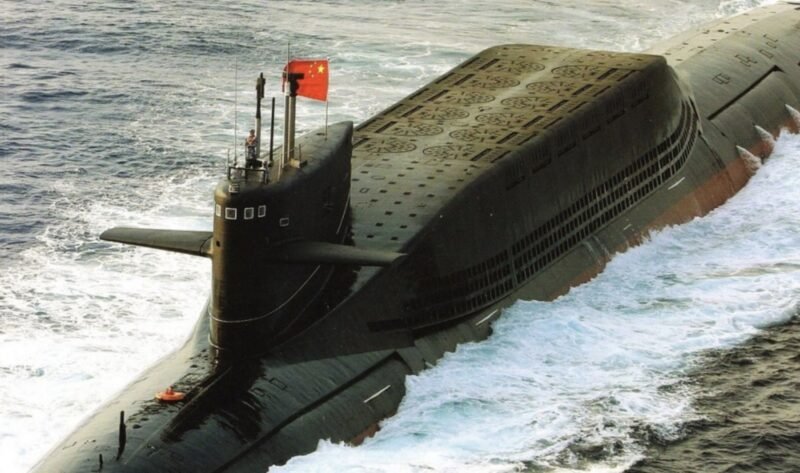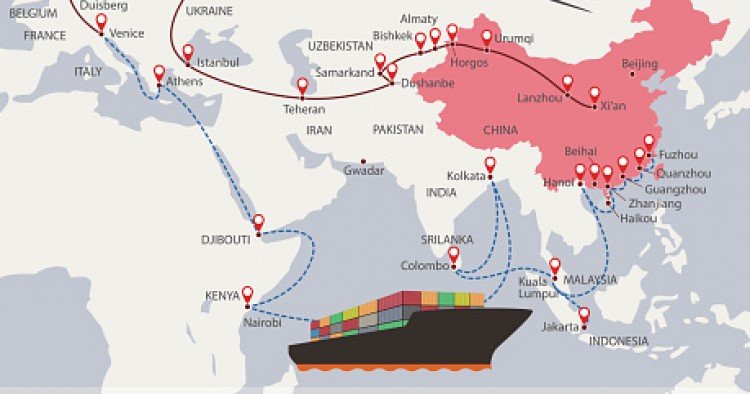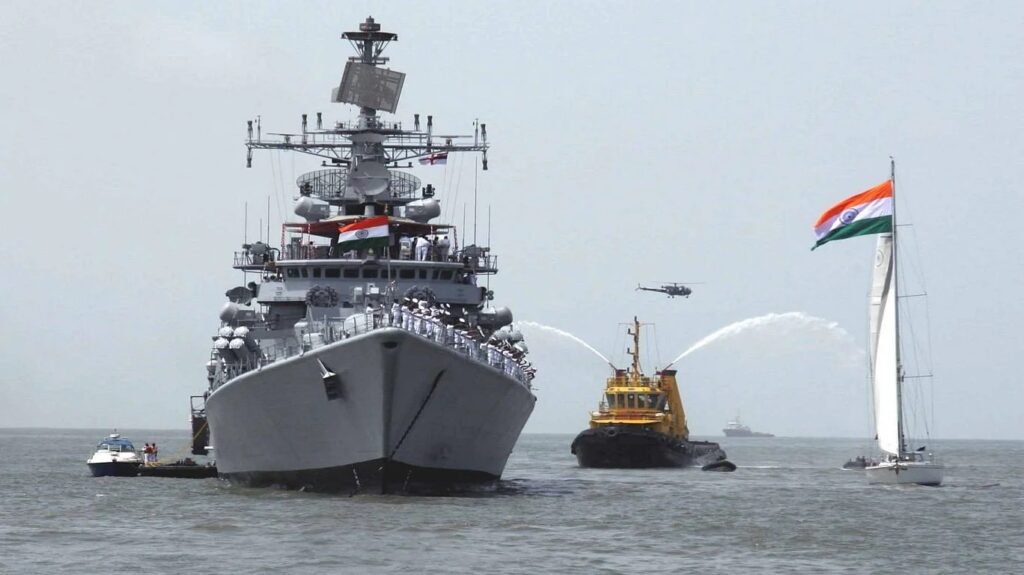The limitations of the Chinese in the Indian Ocean Region against India

As the end of the first quarter of the 21st-century approaches, the Indo-Pacific emerged as the new analytical framework for complex manoeuvres in global maritime Asia designed to preserve the liberal international order in the face of the rise of China and its quest to refound the global system according to its criteria.
China and India are becoming major maritime powers, are actively developing port infrastructure in coastal states and, relying on foreign policy strategies, are making efforts to change the balance of power and consolidate their positions. The growing naval presence of China cannot but affect the strategic interests of India, which, in the context of this confrontation, relies on allied relations, including with Japan. The geopolitical significance of the Indian Ocean region, the Chinese initiative “Maritime Silk Road, and Indian counter-initiatives are playing out. With the escalation of military conflicts, this infrastructure can be adapted for military purposes. Thus, implementing the initiatives of the “Maritime Silk Road of the 21st Century” and “Act in the East” at the moment should not be considered as an aspiration to equal cooperation but as a process of forming two large military-economic alliances tied to China and India.

The Indo-Pacific theoretically translates the ability of the Indian Navy to frame the actions of its Chinese counterpart in the Indian Ocean while conducting counter-intrusion operations in the China Seas and counter-projection in the South Pacific. More generally, the Indo-Pacific claims to merge the Pacific Ocean and the Indian Ocean to make it a single, integrated theatre with more than half of the world’s population and home to some of the most dynamic economies on the planet.
China is concerned about the Indian Ocean Region (IOR) because its bulk energy supplies pass through it and the narrow Malacca Strait, which the Indian Navy can effectively interfere with in any conflict scenario. As an alternative, China has been developing CPEC to provide an alternative road axis for moving its energy resources through the ports of Karachi and Gwadar. However, it has made firm plans to mitigate its vulnerabilities in IOR and encircle India from multiple points to negate our geographic advantage in IOR.
However, within the Indo-Pacific, the Indian Ocean is crucial for India, as it is for China. Indeed, if the first considers it as its lake, the second perceives it as its central ocean. Therefore, Chinese maritime expansion in this ocean represents a real challenge for India and the responses that the latter must provide a significant issue.
The problem for China is that the journey from its coast is very long and that its forces have to pass through straits. The Strait of Malacca is the best entry point for China into the Indian Ocean, as it has deep waters and is the strait that reduces travel time the most. Stopping Chinese forces, even in Malacca, is complex for India. The idea that the latter could close the Strait of Malacca is overstated by analysts. The Indian Navy should block the Chinese forces, but since other ships are circulating through the strait, they should be careful not to block everyone or else create discontent. This means that India should be able to inspect every ship passing through the strait. It would be a significant challenge. That said, China must indeed pass through the straits and go to Djibouti or other places in the southern Indian Ocean. It is much easier for the Indian Navy to deploy from its peninsular ports to the west and east of India as well as to send its planes to intercept the Chinese fleets. Moreover, if China develops its bases, it will have to reinforce them periodically, as well as charter fuel and other supplies there, and these can be intercepted. The Indian Navy is much closer to Djibouti or Gwadar.

The Chinese bases will be vulnerable for a very long time, and not just vis-à-vis India. China has three main challenges: crossing the straits in times of war, evading Indian and potentially American forces, and the vulnerability of its bases. India doesn’t dominate the Indian Ocean and probably won’t in the foreseeable future, but China has significant vulnerabilities.
Chinese technological and numerical superiority in terms of the Navy is of not much use in the Indian Ocean Region as the Indian Navy has the upper hand in the region, being close geographically. China simply does not has the resources and allies, like the United States has, to operate here.
China will continue to build its presence in the Indian Ocean in peacetime, as it is more profitable while being antagonistic to India than losing them to war. It is best for the Chinese to cultivate countries like Pakistan to be a counterbalance to India and keep pressure on the Northern front, where it has the advantage.
As we learn now, it is complex for India to play the economic card against China. The economic retaliation against China following Galwan was not commercial but focused on Chinese applications, which did not particularly hurt China, except symbolically. China has not used the economic card against India either, as it probably does not need it due to its military and diplomatic advantage over India. India is going to have to maintain a balanced economic relationship with China. Despite the clashes in Galwan, China remains India’s main trading partner, more than the United States or the United Arab Emirates.


















